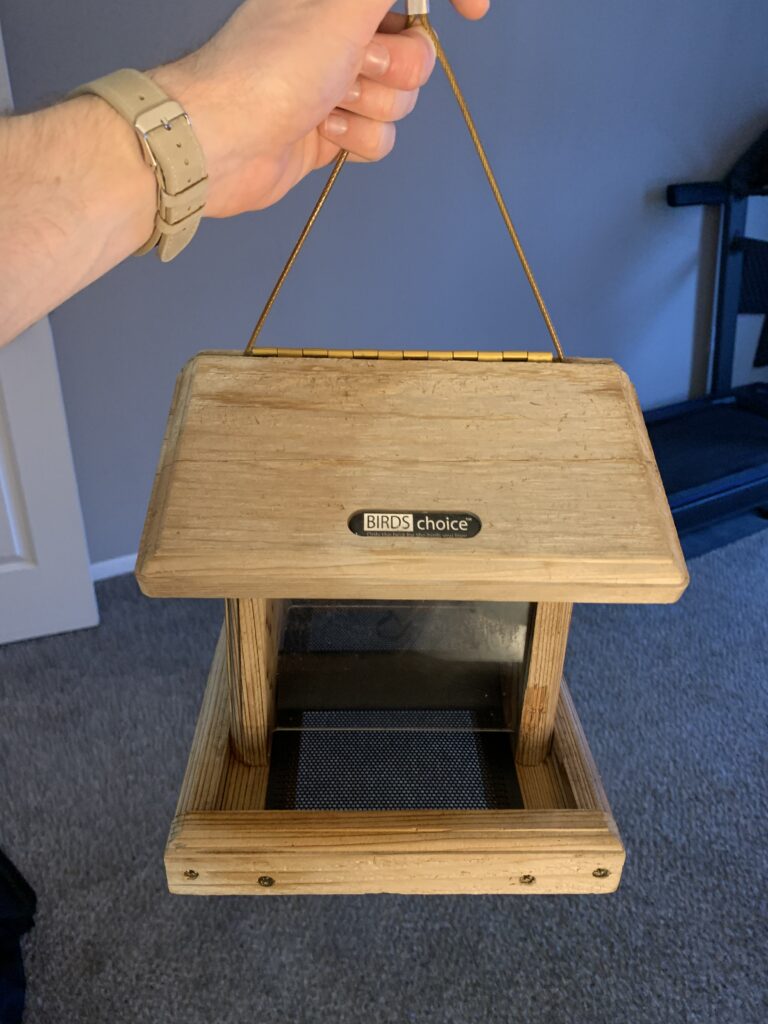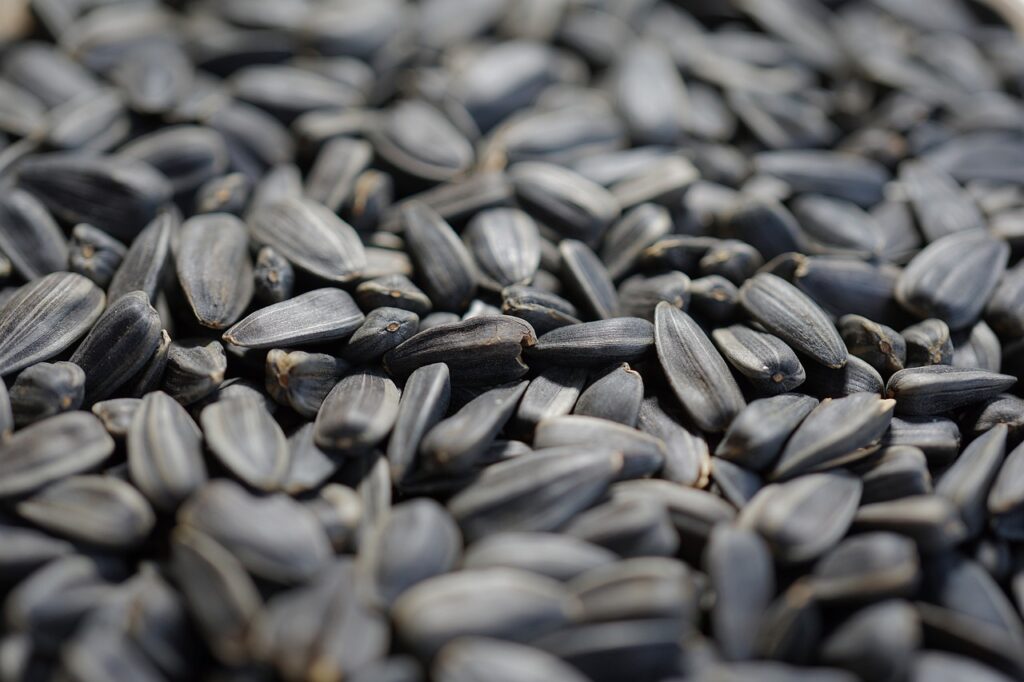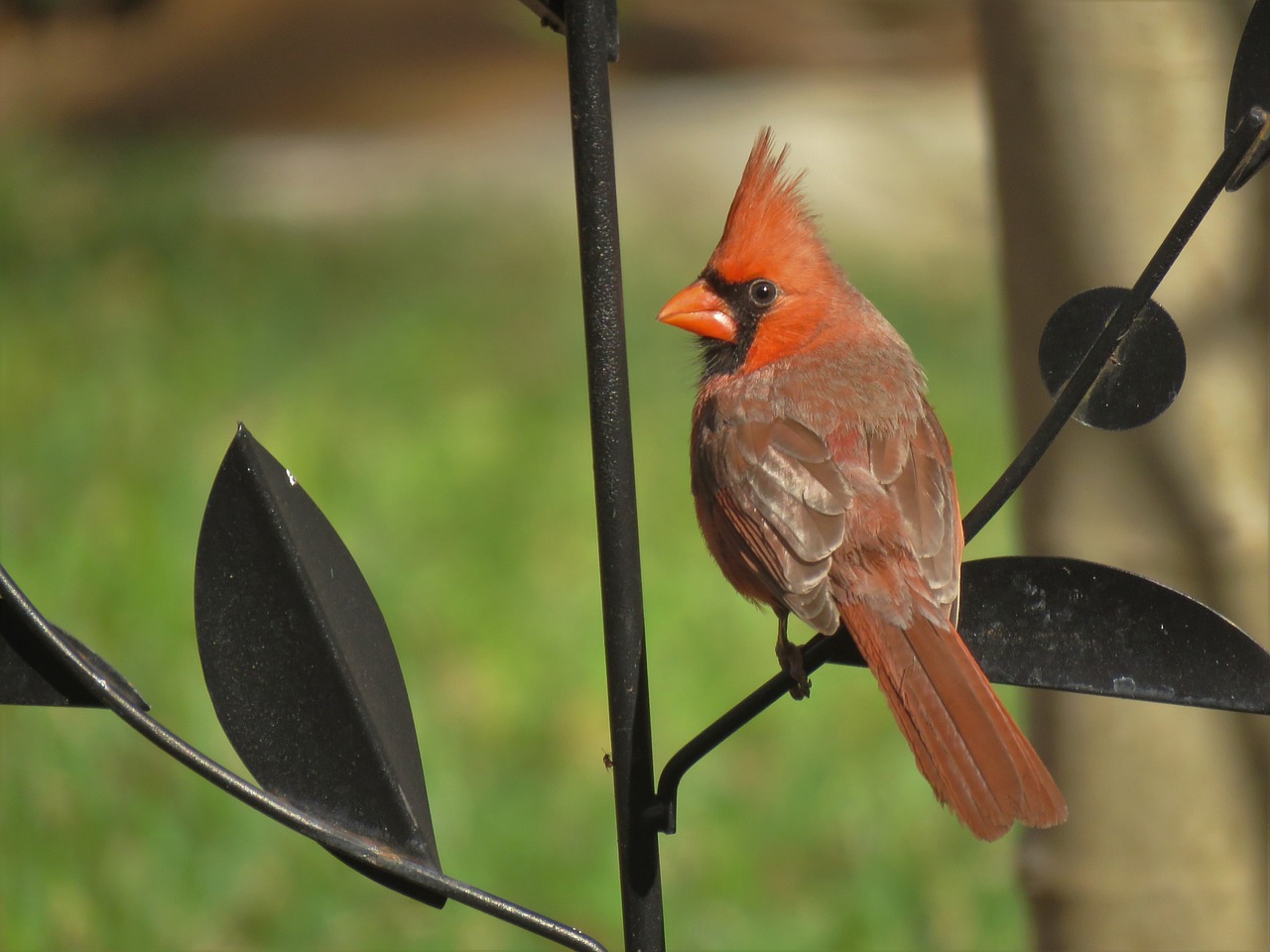Do you want to start bird feeding and don’t know where to start? I hope this article is the starting guide for you. Bird feeding is a rewarding hobby that brings you closer to nature. It’s also great for your health. But, there are hundreds of bird feeders and varieties of bird seed to choose from. It’s easy to get overwhelmed or second-guess your choices if birds don’t arrive.
I wanted to make a quick and easy article for how you can draw in the most birds to your yard in the least amount of time, all for a total investment of what should be under $100. I’ve been feeding birds at my apartment for years. If you follow the steps below, I’m confident you’ll start getting a variety of birds like these coming to your feeder regularly:
- American Goldfinches
- Blue Jays
- Chickadees
- Downy Woodpeckers
- Finches
- Grosbeaks
- Hairy Woodpeckers
- Northern Cardinals
- Nuthatches
- Pine Siskins
- Red-Bellied Woodpeckers
- Tufted Titmouse
- Sparrows
- Warblers
Related Content: What’s the best bird seed for Cardinals?
Disclaimer: Some links found on this page might be affiliate links. If you click an affiliate link and make a purchase, I might earn a commission. As an Amazon Associate I earn from qualifying purchases.
Step 1. Buy a Hopper Bird Feeder to Start Bird Feeding
A hopper feeder is a great choice if you’re getting started with bird feeding. It’s essentially a feeder that has several sides, a sturdy roof, and a tray for the bird seed to fall into. A sturdy hopper feeder is supportive enough for larger birds like Northern Cardinals and Blue Jays, while also being ideal for other backyard favorites like Chickadees, Finches, Titmice, and Nuthatches.
There are several different options for hopper feeders. You can’t really go wrong. Here’s one I use below. It’s a wooden-version of a Bird’s Choice Hopper Feeder I picked up from my local Wild Bird Store. It’s a popular destination for birds of all sizes in my neighborhood.

You can also buy a two-for-one hopper feeder with space for both seed and suet cakes. I’ll get into this later, but suet is a great offering for Woodpeckers and Nuthatches. I mix in the Solution4Patio Homes Cedar Bird Feeder on my patio. I love this feeder. It’s held up well to all elements and birds love eating seed and suet from it.

Here’s a link to hopper bird feeders on Amazon. You’ll also find several options at any large home retailer (Menards, Home Depot, etc.) and neighborhood Wild Bird Store or Wild Birds Unlimited.
Once you pick out a hopper bird feeder, you’ll need to fill it up! Onto step two…
Step 2. Buy Black Oil Sunflower Seed

I’ve said it many times before on this blog and I’ll say it again: Black oil sunflower seed is my favorite bird food. It’s relatively cheap, nutritious for birds with protein and healthy fats, and it draws in the largest variety of birds: Cardinals, Chickadees, Grosbeaks, Finches, Jays, Titmice, Nuthatches, Mourning Doves, and many others love sunflower seed.
You can find bags of black oil sunflower seed for good deals at your local hardware or home supply store. Local wild bird stores will have high-quality options that are a tad more expensive, but worth mixing in. Costco usually has some version of sunflower seed that’s selling for $20-$30. I buy that and it lasts for months. You can also find plenty of options poking around on Amazon.
Just be sure to buy a quality bag of sunflower seed for birds that’s free of fillers like red milo, cracked corn, or oats. You’ll find these in the dirt cheap bags of bird seed.
Related Content: 5 Ways to Attract Cardinals to a Bird Feeder
Step 3. Buy a Suet Cage

With your hopper feeder set up, you should already be seeing a variety of birds visiting your yard. If that’s enough to keep you occupied, you can stop there.
However, if you’re looking to easily add Woodpeckers and Nuthatches to your visiting lineup of birds and give your regular birds a high-fat treat, you should add a suet feeder to your yard. It’s such an easy and cheap way to draw in different bird species.
A suet cage will only cost you a few bucks. Get one of these to hang next to your hopper feeder.
Related Article: The Definitive Bird Seed Power Rankings
Step 4. Buy a Suet Cake

A suet cake, much like the suet cage, is cheap and easy to set up. They’re usually $1-$5 each. I find that a suet cake will usually last me several weeks before I need to add in a new one. Suet, which is beef fat, is especially great for winter bird feeding because it provides them with quality fat and protein. Here’s a link to my ongoing reviews of suet products.
With suet, you should start getting more regular visits from Woodpeckers, Nuthatches, and Chickadees when they discover it.
Step 5. Hang Your Feeders
When it comes to hanging feeders, I’ve used a sturdy outdoor plant hook. They’re simple, cheap, effective. For a small additional fee you can buy a bird feeder pole for a deck or railing, or a pole station to put anywhere in your lawn.
Try to hang feeders somewhat close trees or brush to attract the most birds. At the same time, avoid getting within 8-10 feet of tall trees as squirrels will easily jump from them to your feeding station.
Once you’ve picked a place to hang your feeders, simply put your hopper feeder and suet cake up. And you’re done!
Note: When you hang your feeders out, it will take some time for birds to find them. This could take a few hours…or several weeks! It depends on your location and the types of birds. To increase your chances for success, hang your feeders near trees or shrubs to give birds some comfort and cover near your feeding station. Once birds find your station, chances are that they will come back every day. I’ve found birds to be habitual. They tend to come around the same time every day. If you’re still struggling with bringing birds to your feeders, here’s a guide I wrote troubleshooting some things you can try fixing.
I hope you’ll find success and draw a ton of birds to your yard following these steps above. Looking to take your station to the next level and draw in even more birds? I recommend you check out my comprehensive guide to common feeder birds to check into their food and feeder preferences.
Leave any questions and comments you have below. Please consider sharing this story or telling a friend about it if it helped you. It means a lot to me!
Want to take the next step and attract hummingbirds to your yard? Click here!

Pingback:How to Start Bird Feeding in Just Two Steps - BIRD BITES
Pingback:The Best Bird Seed for Cardinals - BIRD BITES 2022